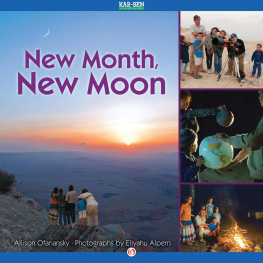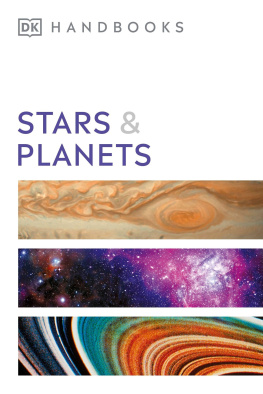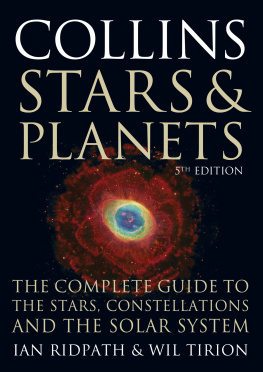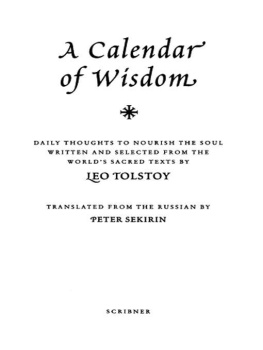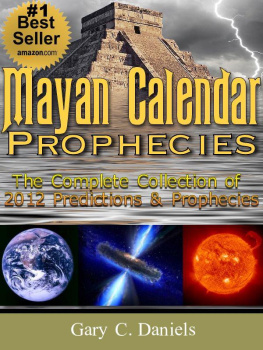The Astrotheology Calendar Guide
Excerpted from
The 2010 & 2011 Astrotheology Calendars
by D.M. Murdock/Acharya S & N.W. Barker
www.StellarHousePublishing.com
OTHER BOOKS AND EBOOKS BY D.M. MURDOCK/ACHARYA S
The Christ Conspiracy: The Greatest Story Ever Sold
Suns of God: Krishna, Buddha and Christ Unveiled
Who Was Jesus? Fingerprints of The Christ
Christ in Egypt: The Horus-Jesus Connection
The Gospel According to Acharya S
The Astrotheology Calendar Series
Jesus as the Sun throughout History
The Origins of Christianity and the Question for the Historical Jesus Christ
Was Mithra Born of a Virgin Mother?
Jesus Christ, Mason of God
Acharyas Religion 101 for Seekers
The ZEITGEIST Sourcebook, Part 1: The Greatest Story Ever Told
THE ASTROTHEOLOGY CALENDAR GUIDE
Copyright 2011 by D.M. Murdock a.k.a. Acharya S
All rights reserved. Printed in the United States of America.
No part of this book may be used or reproduced in any manner whatsoeverelectronic, mechanical, photocopy, recording, or otherwisewithout written permission except for brief quotations in articles and reviews. For information, address Stellar House Publishers, LLC, www.StellarHousePublishing.com
Cover photo: Stonehenge (12/27/08) by Simon Wakefield
Table of Contents
The Astrotheology Calendar Guide
Thank you for your interest in the Astrotheology Calendar Guide. The purpose of this book is to share with you a basic history of ancient concepts, practices and dates venerating the sun, moon, planets, stars and constellations that you may have never heard before or, at least, not from an astrotheological perspective. We hope to inspire an interest in archaeoastronomy, ancient history, mythology and astrotheology. The calendar used is the Gregorian, which is solar based, and with it we will introduce you to information relating to astrotheology in a light, easy-to-understand format with sources for further reading.
Although they are often overlooked, calendars constitute one of the most important cultural artifacts of human creation. Not only do they order our lives, which is in itself an extremely important function that allows for life on Earth to proceed with regularity, but the study of the history of calendars also reveals very important developments in the field of comparative religion and mythology, as well as the predominantly astrotheological nature of many of humankinds faiths.
Inspiration for the Calendar GuideOur Connection to Nature
In introducing the Astrotheology Calendar Guide, I (Acharya) would like to direct you to how my friend N.W. Barker brought this project to my attention, by quoting him:
Ever since I was a kid, I have always been amazed by the stars. A full moon, as well as the sunrise and sunset, can be absolutely wonderful to observe. I heard many stories and myths growing up but none quite as fascinating as those coming from an astrotheological perspective. Simply put, astrotheology is: Theology founded on observation or knowledge of the celestial bodies, i.e. the sun, moon, planets, stars and constellations. Sadly, I didnt get to hear any astrotheological myths growing up, as the information was not available to me. I didnt find out about astrotheology until I was an adult. Your typical comparative religion or theology course doesnt discuss astrotheological concepts much, if at all. Hopefully, that will change. Youll probably have to request it. Recently, thanks to Acharya and others, more light has been shed on the subject, making it far more widely available today.
In ancient times, many thousands of years ago, people were so fascinated by the heavens that they created carvings, petroglyphs, stone monuments (like Stonehenge) and elaborate myths and symbols about them. The sun, moon, planets, stars and constellations were all personified with symbols and myths. This fact is important because, as it turns out, astrotheology is intrinsically interwoven into the origins of many ancient religions and has historical links to our most popular religions today. Those connections are far too vast to discuss here, so further recommended reading is included. In the meantime, I have always found calendars fascinating too, and I can tell you that a calendar is a fantastic way to see the ancient astrotheology in action.
With that, we hope you will enjoy the Astrotheology Calendar Guide!
What is Astrotheology?
From the preceding comments, you can get a feel for what astrotheology is, i.e., the observation and reverence of natural phenomena, including celestial bodies such as the sun, moon, planets, stars and constellations. Broadly speaking, however, we can incorporate general nature worship into the term as well, such that astrotheology could be used to describe the ancient global religion as a whole, which also personified perceived spirits in elements such as wind, water, fire and earth, as well as anthropomorphizing animals, such as the crocodile, hawk and ibis in Egypt, or the monkey and elephant in India. Frequently, natural substances that merited reverence from the ancients, such as grain and wine, were assigned a genius, daemon or divinity of some sort. The most obvious entities in the astrotheological religion are the celestial bodies, which include planet Earth, while their influence and presence are often inextricably linked to other natural phenomena such as the growth of plants, the harvest time and the ripening and fermenting of grapes. Animals too are affected by the celestial bodies such as the sun and moon. Hence, the reverence of all of these entities and elements as expressed in numerous sacred celebrations is included in the definition of astrotheology.
In order to give meaning to and pass along knowledge about these entities and elements, the ancients personified and attached colorful stories to them. They also incorporated this ancient astrotheology and nature-worshipping religion into their daily lives, and entire cultures were built upon them, such as the Egyptian, but also the Greek and Roman to a large extent.
Thus, in ancient times sundry stories were passed on from one generation to the next, instructing them about the natural world and guiding them when to plant and when to harvest food, as one important example. Converting natural phenomena into myth was thus an easy way to relay the cycles of the sun, moon, planets, constellations, etc., onto later generations, enabling them to keep time.
Archaeoastronomical Alignments
One of the most prevalent aspects of the ancient astrotheological culture is the astronomical alignment of megalithic buildings and other artifacts, as studied through the discipline of archaeoastronomy, also called astroarchaeology. Archaeoastronomy has been defined as follows:
The study of the knowledge, interpretations, and practices of ancient cultures regarding celestial objects or phenomena.
And:
The branch of archaeology that deals with the apparent use by prehistoric civilizations of astronomical techniques to establish the seasons or the cycle of the year, esp. as evidenced in the construction of megaliths and other ritual structures.
The recognition of cyclical patterns in the movements of heavenly bodies inspired the ancients to create massive stone monuments that served as both temples and calendars to mark the seasons, solstices, equinoxes, new and full moons, solar and lunar eclipses, and more.




